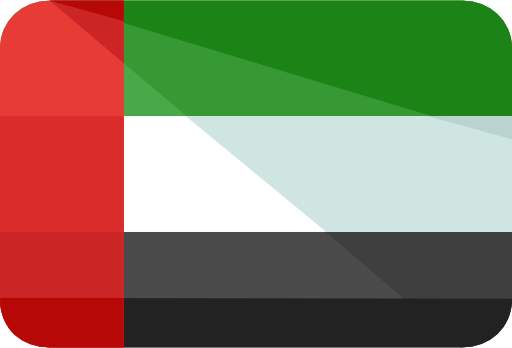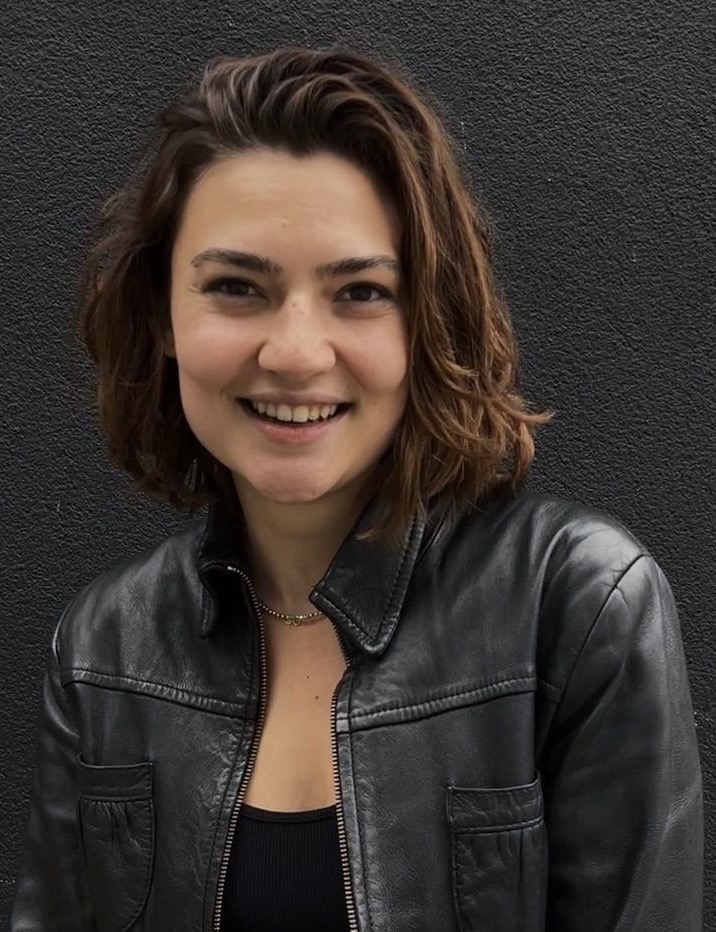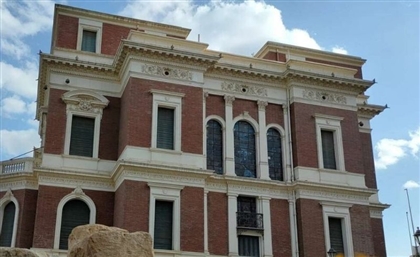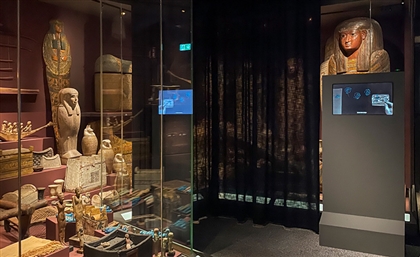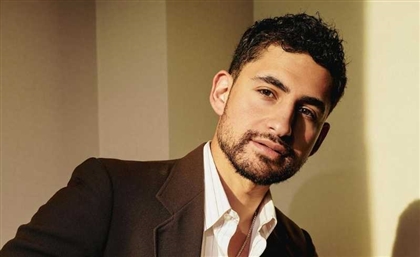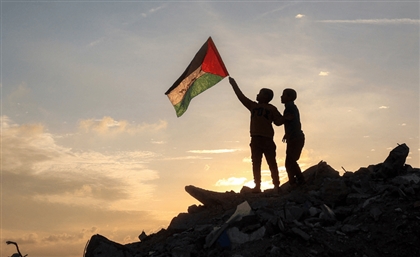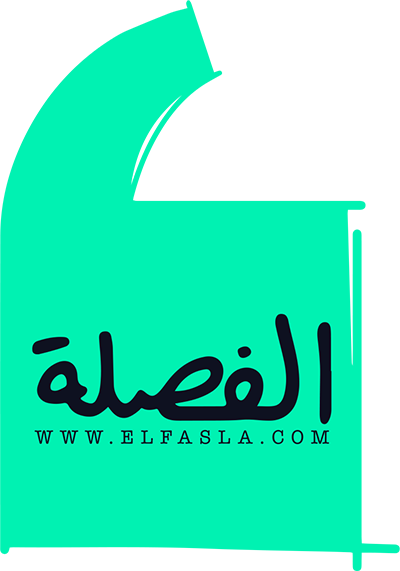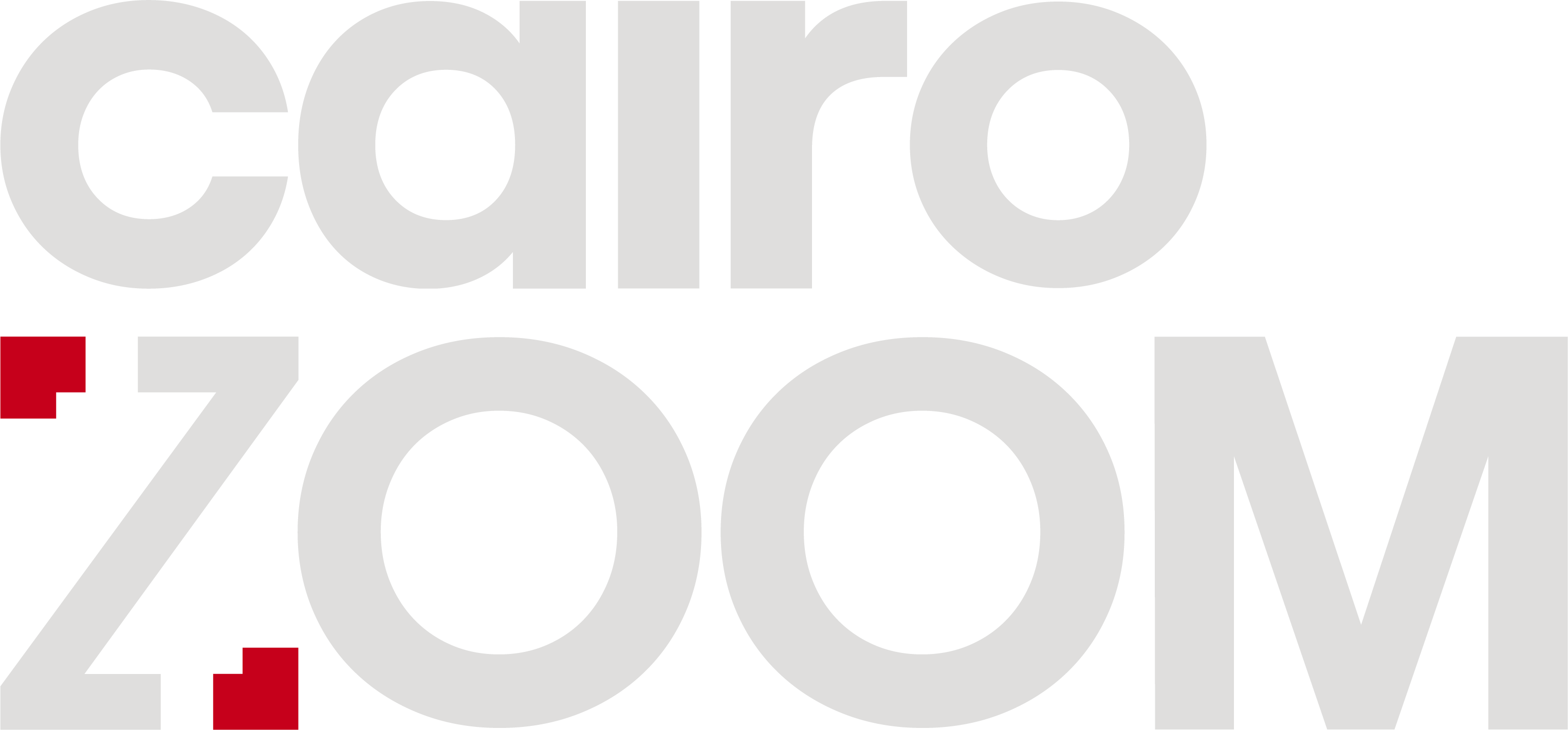Photographer Fares Zaitoon Captures The Glitch in a World Half-Awake
Fares Zaitoon bends time, light, and reality in photo exhibition The Cold Is Unbearable This August, curated by Karim El Hayawan.
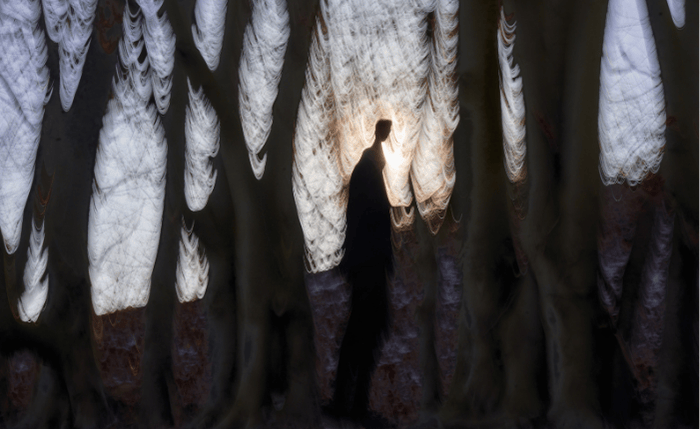
The Cold Is Unbearable This August unfolds as a world where winter light lingers and time feels slightly out of phase. Cairo meets Denmark in a fever dream, a held-breath moment where reality dissolves into a soft hum of color. “Back then everything felt emptied out,” says photographer Fares Zaitoon of the work’s origins in 2021. It was his first time in Europe, alone in COVID Denmark. “I had this panic attack called digitalization… I felt this is not real. I wanted to photograph this in-between reality.” His images open like portals – greens, violets, electric blues – where nature jitters like paint dragged mid-stroke. What shouldn’t move begins to tremble while what should, is grounded. Pigeons cling to asphalt, a lone pedestrian drifts through, and instead it’s the chair that seems to lift, the tree that shivers in light – everything held in the charged in-between. Many images carry black shadows around its corners, as if you’re peering at the world through binoculars. There is something voyeuristic in the composition, a deliberate distance that creates a frame that says: look, don’t sink. As you move through the rooms it becomes clear: these photos don’t immerse you in the environment, instead they place you inside Zaitoon’s gaze. “Between your fantasy, what you see and what is real… I wanted to photograph the glitch.” It’s like watching the Matrix hairline-crack. This is photography as fracture, where perception is stretched until it trembles. Curator Karim El Hayawan reads this not as evolution for Zaitoon’s work but as a threshold. “It’s more of a train stop on his journey” he says. “He was living in Denmark, where he could not escape the chaos he came from. The atmosphere where you come from, it’s portable. Your perception of nature differs.” The quiet and ‘orderly’ streets of Denmark shift in meaning through Zaitoon’s lens. In Cairo, at any time of the day the streets are bustling with people and cars constantly in movement. Yet in the depth of winter, in Denmark “you find someone standing at a crossroads at 12am, no cars, nobody… He’s still waiting. This is not reality.” At its core, the show chooses sensation over explanation. “Everyone asks about technique,” Zaitoon shrugs, “but I’m searching for the feeling – to make people feel what I felt.” Think of it as a visual diary, a record of disorientation and wonder, now released into the world. “I want these images to live in people’s homes and make them ask, what is real?” To evoke this feeling, his photography dissolves into painterly atmospheres. “He wanted to challenge the medium, break free from the two-dimensionality of a photograph and create this painterly realm.” But breadcrumbs of the medium remain – “few assistive pieces that bring us back to photography to pay homage.” For El Hayawan, the gesture is democratic: “The disconnect is becoming too severe in contemporary art. There is a level of elitism. The photos must be in conversation with the viewer, as much as Zaitoon and I were while creating the show.” Zaitoon pauses before his favorite photograph. “I don’t know how I took this,” he admits. “I saw one person walking between the trees as the sun cut across him, and I started shooting.” The figure’s silhouette echoes the trunks around it; streaks of yellow seem to scratch across the frame, light ricocheting like static. It echoes the wormhole scene in Christopher Nolan’s Interstellar, where McConaughey and the Endurance crew slip through a corridor of flashing light. Time and space buckle, agency dissolves, and all that’s left is to witness and record. “That’s what these lines are to me,” Zaitoon says. “When you tell someone you’re in the Matrix, they think you’re crazy. I started searching for how to explain that feeling. When you drop the shutter low enough, another view appears. I found the feeling. The photo becomes evidence.” And so Ubuntu gallery becomes a sort of synapse; a soft, lucid place between winter and heat, stillness and pulse, Cairo’s dust and Danish fog. A world glitching open – asking not to be decoded, only felt.
- Previous Article Cinematic Season Style Guide with GFF's Salma Malhas & Hayat Aljowaily
- Next Article Egyptian Horror Films to Binge-Watch This Halloween
Trending This Week
-
Nov 19, 2025



